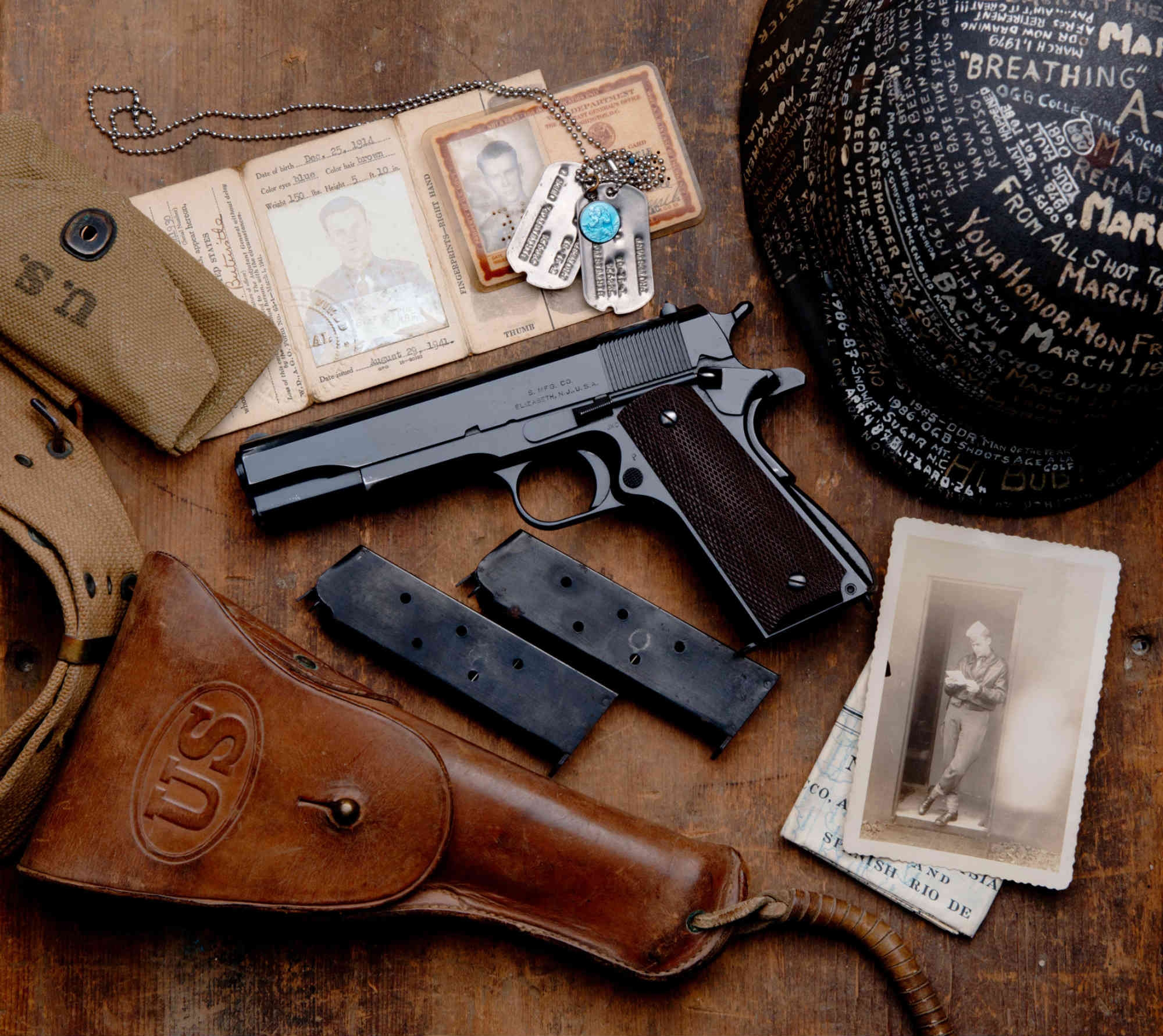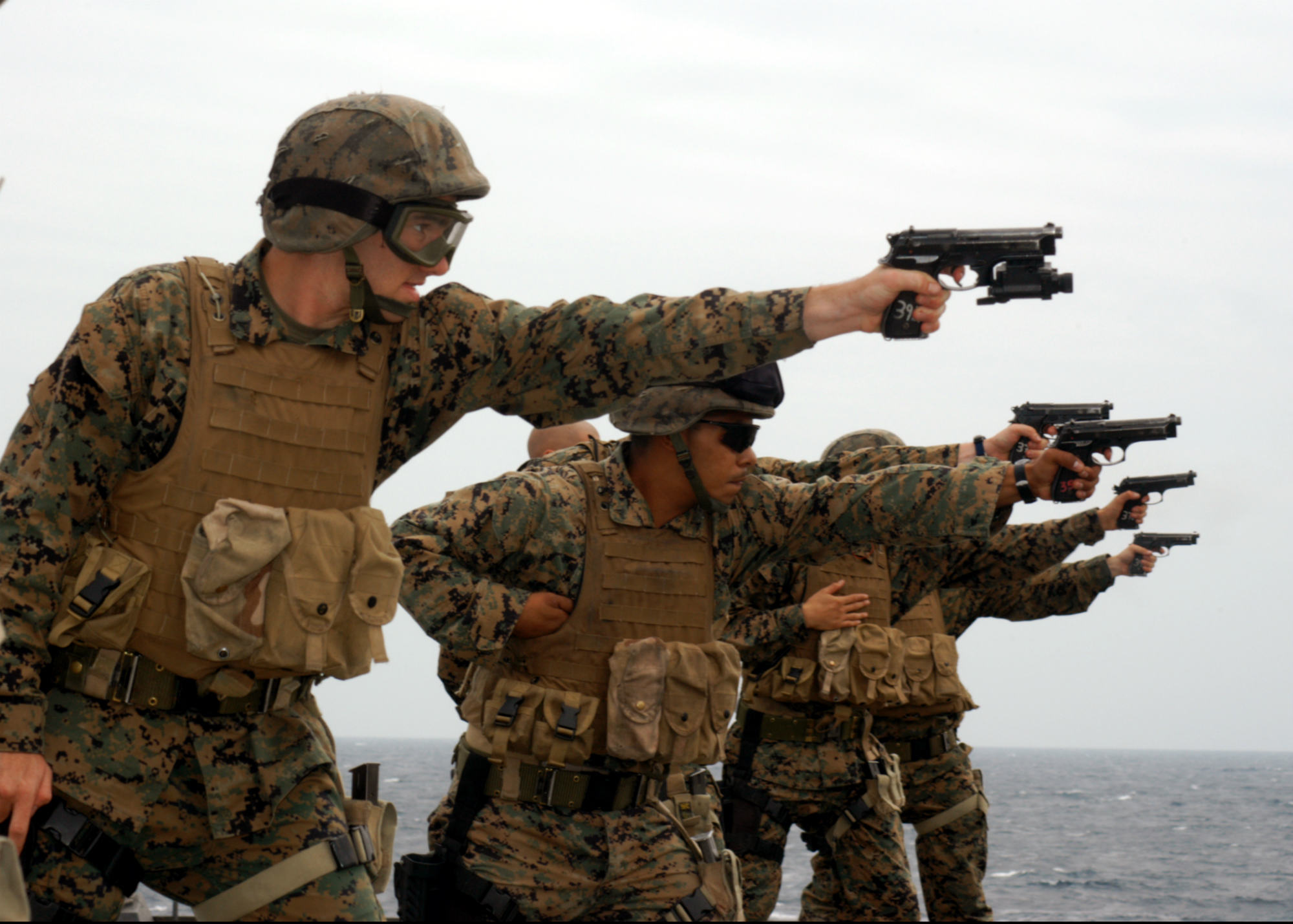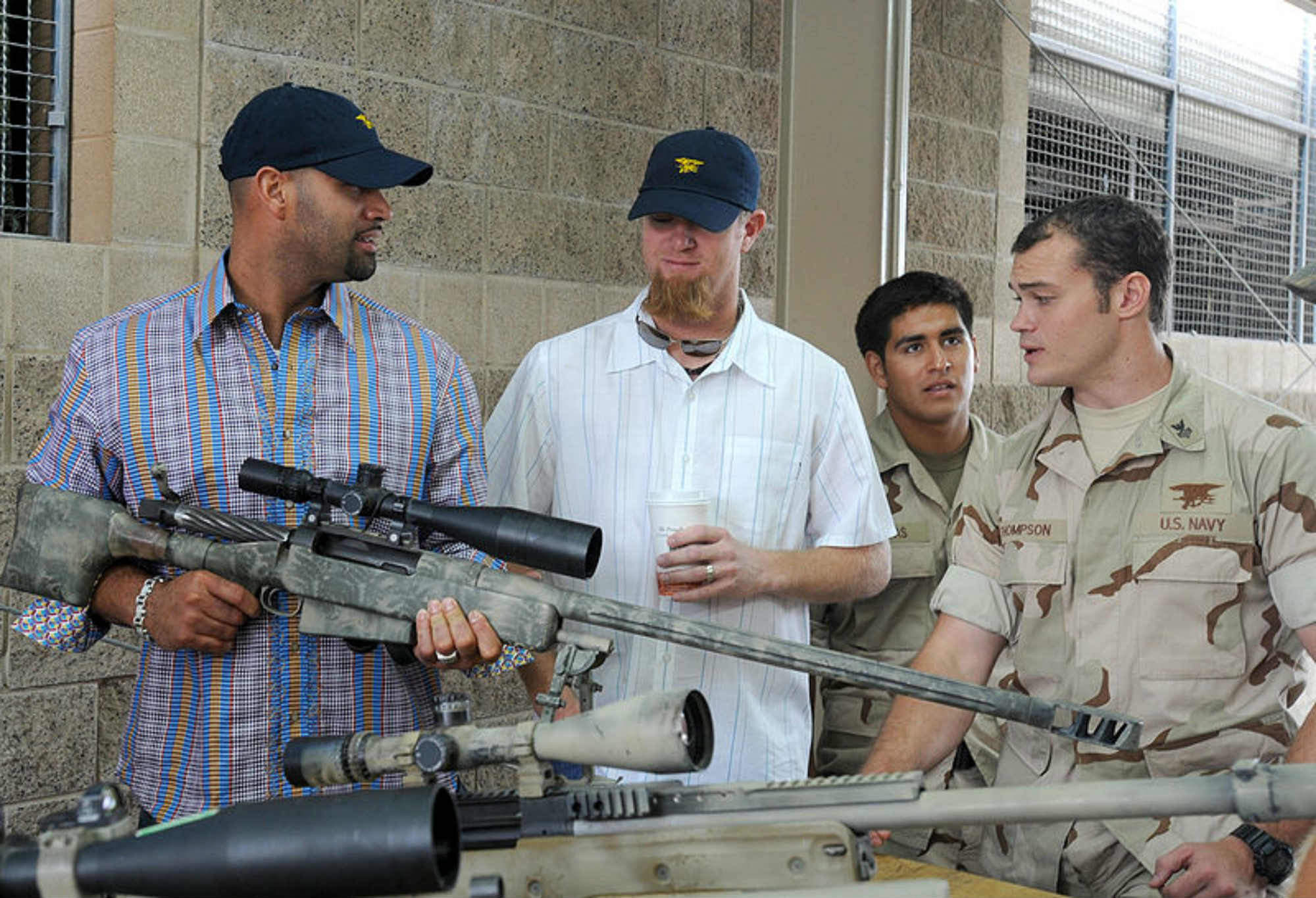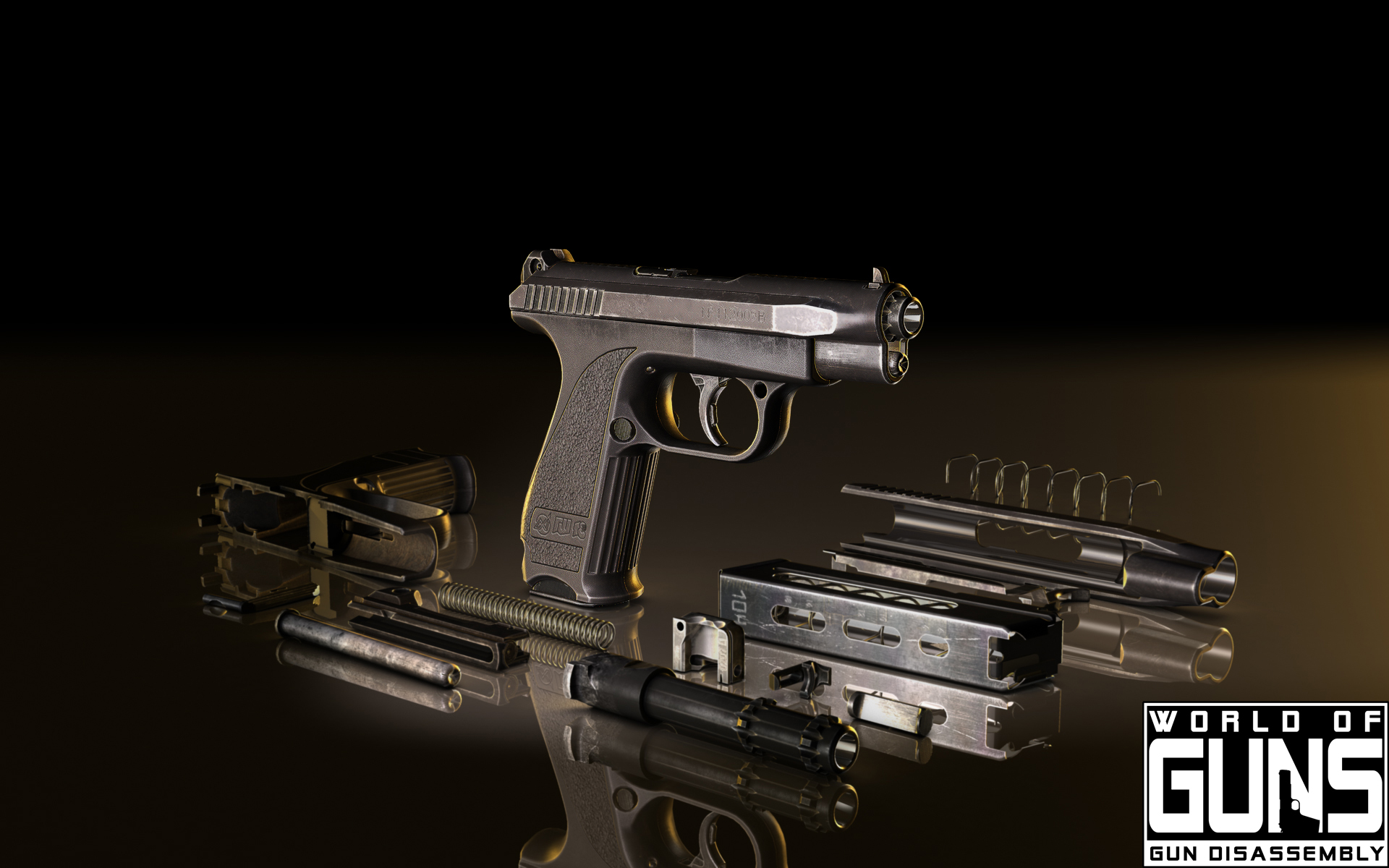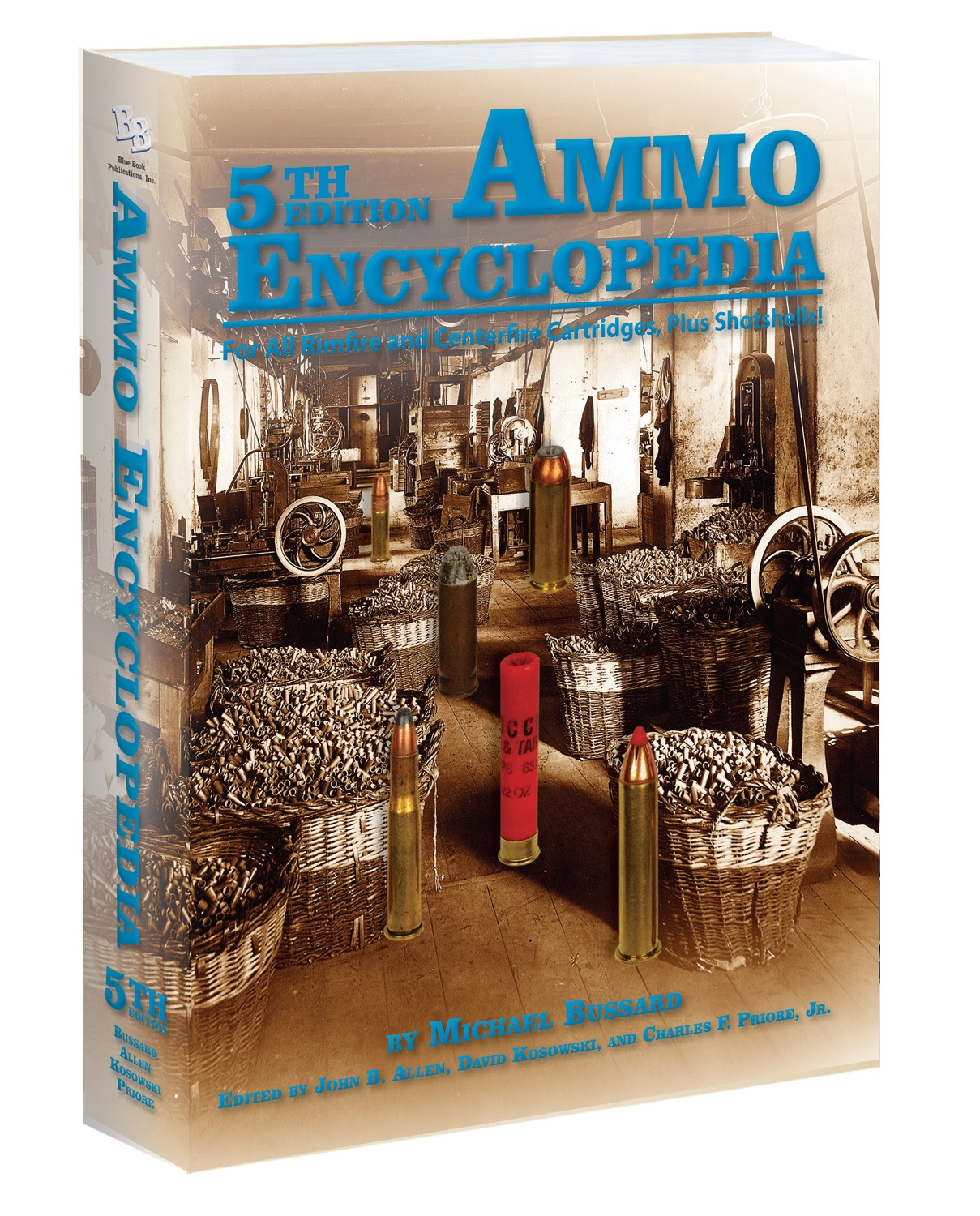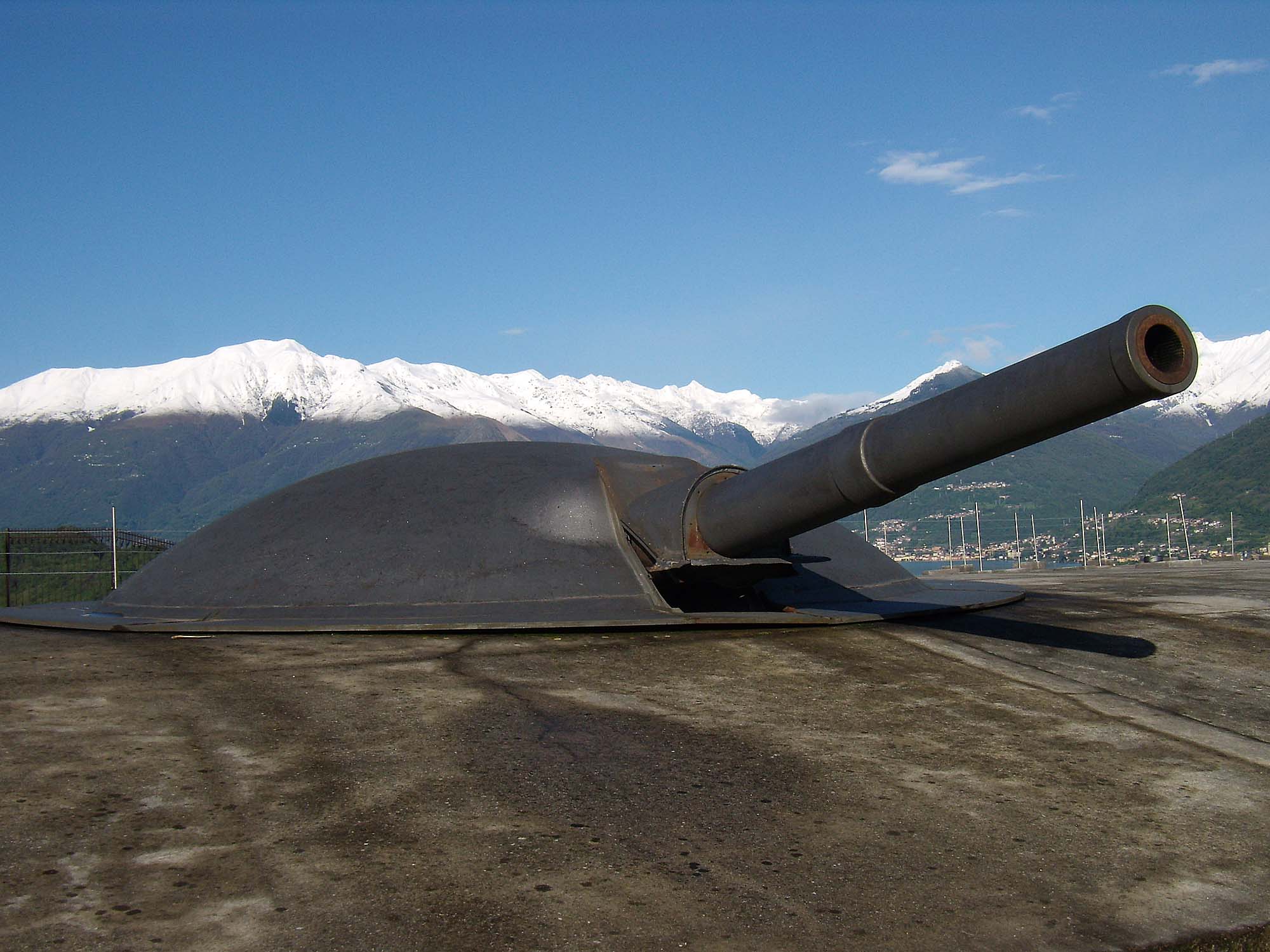Article also available in other languages

Gun rights in all eastern Europe − particularly in the Russian Federation and in the former USSR member and satellite Countries − are living somewhat of a "renaissance age", as gun ownership for traditional reasons, (such as hunting and sports shooting, which have always been well common even in these Countries even when they were ruled by Communist regimes), is being boosted by an increasing number of citizens who purchase guns for defensive purposes.
There are several reasons, not all linked to a relaxation of gun laws, which has been gradual and almost always relative: a growing middle class of wealthy citizens, in these Countries, is instead being faced by an increasingly aggressive wave of predatory crime due to the permanence of a deep social stratification; at the same time, these wealthy citizens are now gaining access to valuable import guns, mostly manufactured in Europe.
Maria Butina, Chairwoman of the Russian organization "Right to Bear Arms" («Право на оружие» in Russian), represented the voice of the Russian gun owners at the 2014 plenary session of the World Forum on Shooting Activities (WFSA) − held at the Nuremberg Exhibition Center in Germany one day ahead of the official opening of the 41th edition of IWA & OutdoorClassics.
Organized all throughout the Russian Federation, the "Right to Bear Arms" organization is a non-profit NGO engaged in the effort to embroaden the specter of rights and privileges of Russian gun owners, trying to prompt a change in the Russian gun laws − which, despite some of the above-mentioned limited and relative relaxation if compared to the Soviet era, still remain quite restrictive.
Gun ownership in Russia is still today a lenghty process: a license to own a centerfire rifle or carbine is granted only to those who have legally owned a shotgun for several years "without incidents"; furthermore, handguns (revolvers and semi-automatic pistols) are still totally banned from private ownership, with extremely limited exceptions regarding private security personnel (who are issued with handguns with calibers not exceeding .380 ACP and can't bring them home when off-duty), and those who are entitled to a "presentational gun" from high authorities. Lwaful self-defense is almost uniquely recognized when it takes place within a person's house, while the only legal defensive tools to be carried for personal protection in public places are pepper sprays and traumatic pistols − using gas charges or standard firing capsules to shoot rubber bullets, sometimes filled with irritant fluids − which often proved to be extremely uneffective against attackers who may be under the influence of alcohol or psycho-active drugs. Even should an attacker be successfully driven away, a Russian citizen who had to defend himself/herself outside his/her home will find it very difficult to explain the situation in front of a judge and see his/her reasons acknowledged.
That's why «Право на оружие» is showing a seldom-seen dynamism and a high spirit of collaboration, particularly as it engages in learning the lessons of other European and international gun rights associations to to get one day to achieve the acknowledgement in the Russian Federation of what should be a human right − although often unfortunately neglected and infringed even in many democratic Countries.



